AI has become an integral part of many industries, revolutionising the way businesses operate and improving efficiency. Its ability to analyse vast amounts of data quickly and accurately has led to advancements in areas such as healthcare, finance, and transportation.
Therefore, to transform the digital landscape of India, the government of India launched "Digital India," a flagship program to transform India into a digitally empowered society and knowledge economy.
Launched by Hon'ble Prime Minister Narendra Modi, Digital India is an umbrella program. This means the initiative brings together many departments, ideas, and plans into one clear and unified vision, where each part contributes to a larger goal.
The initiative is coordinated by the Department of Electronics and Information Technology (DeitY) and is executed by the entire government. This teamwork makes the mission impactful and transformative as a whole.
There are many AI and other technologies that are being utilised to achieve the goals of Digital India. In this article, we'll take a look at the latest technologies that are catalysing the success of Digital India.
Check Out| Republic Day 2025: Parade Timings, How to Buy Tickets, Nearest Metro and Other Details
What is Digital India? Everything You Need to Know
Digital India is a flagship program that was launched by Prime Minister Shri Narendra Modi on July 1, 2015. The goal for launching this program was to make India a digitally empowered society and knowledge economy.
The initiative seeks to make government services available to citizens electronically by improving online infrastructure and increasing Internet connectivity across the country.
Vision of Digital India
The vision for Digital India is as simple as black and white. However, the vision board is centred around 3 key areas:
1. Digital Infrastructure as a Utility to Every Citizen
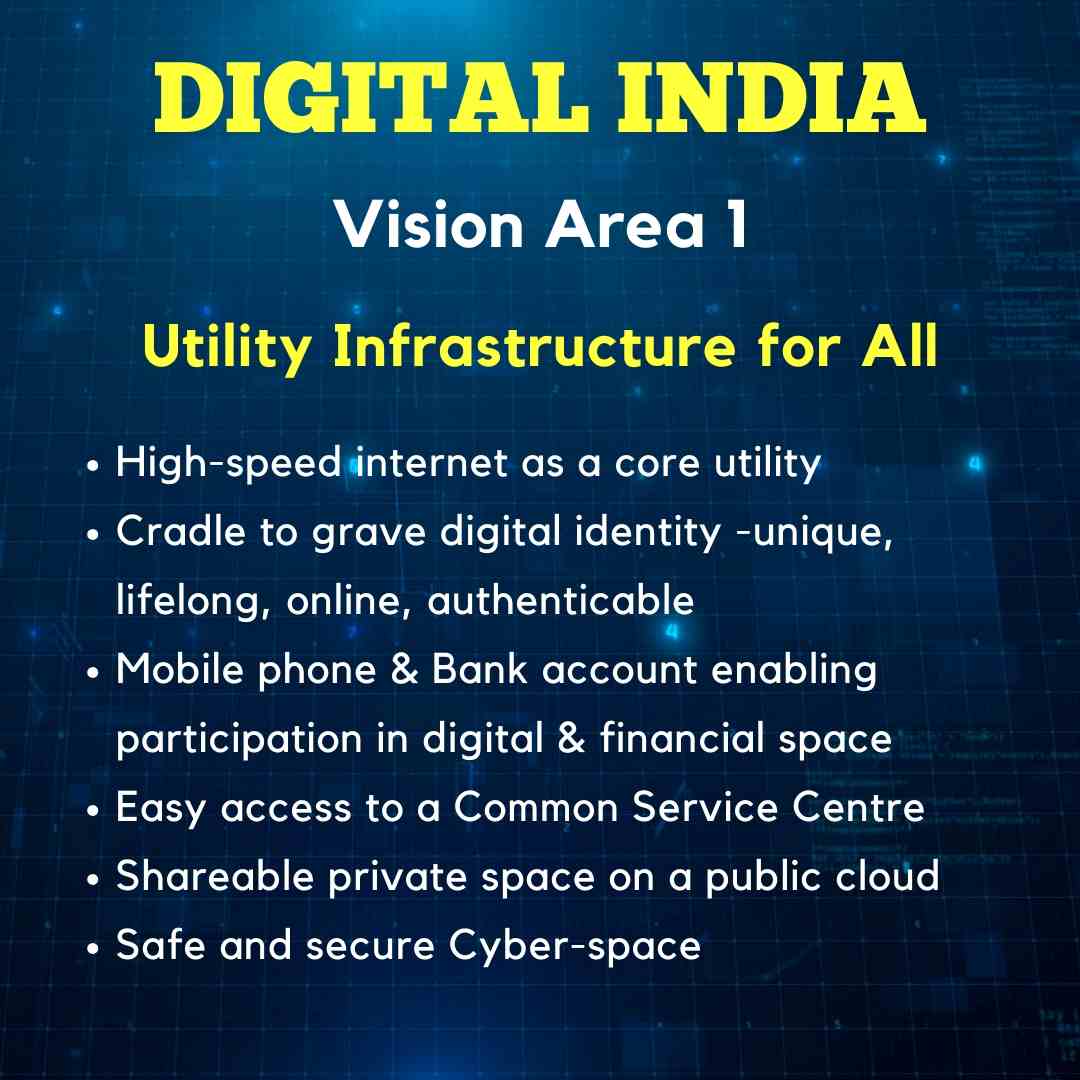
2. Governance & Services on Demand
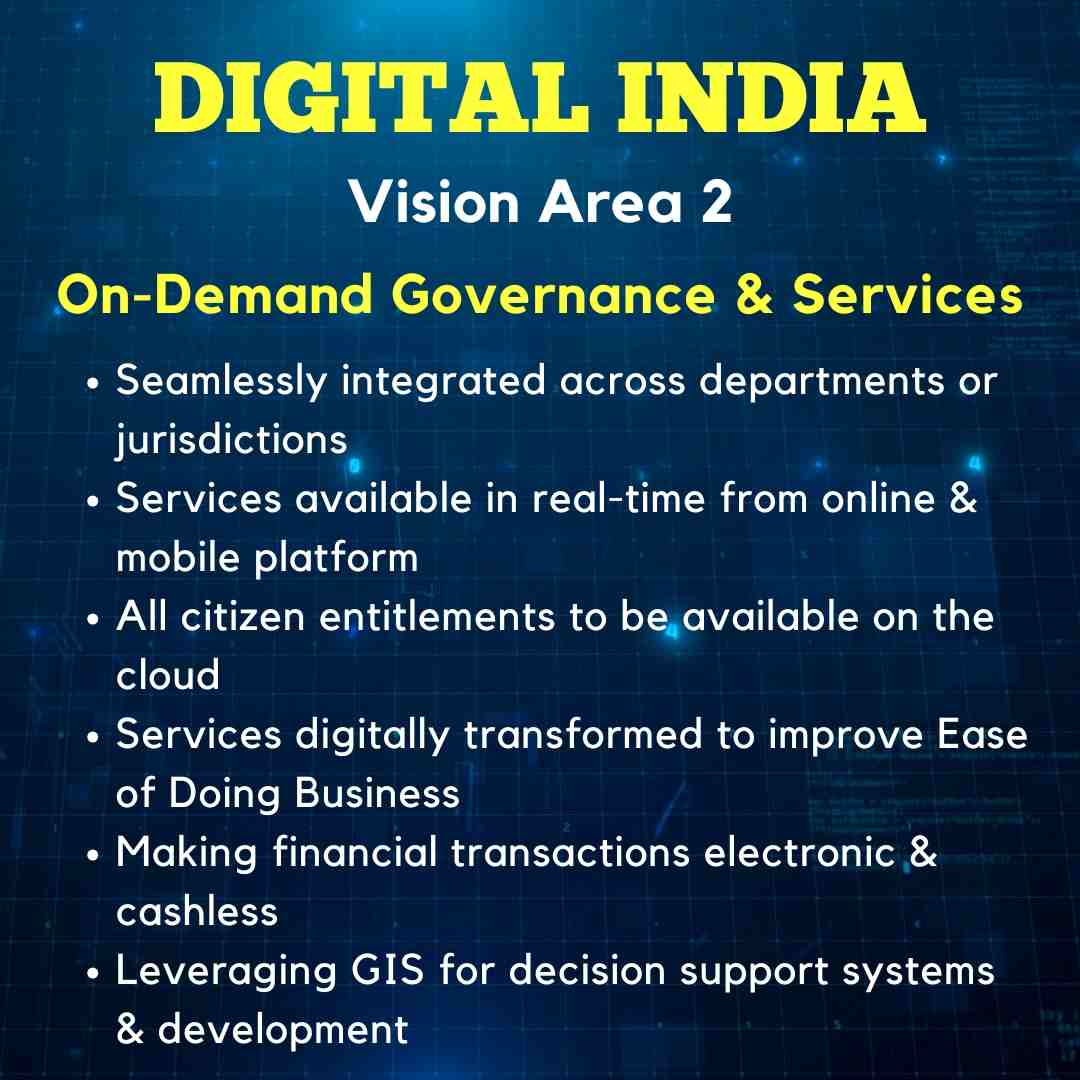
3. Digital Empowerment of Citizens
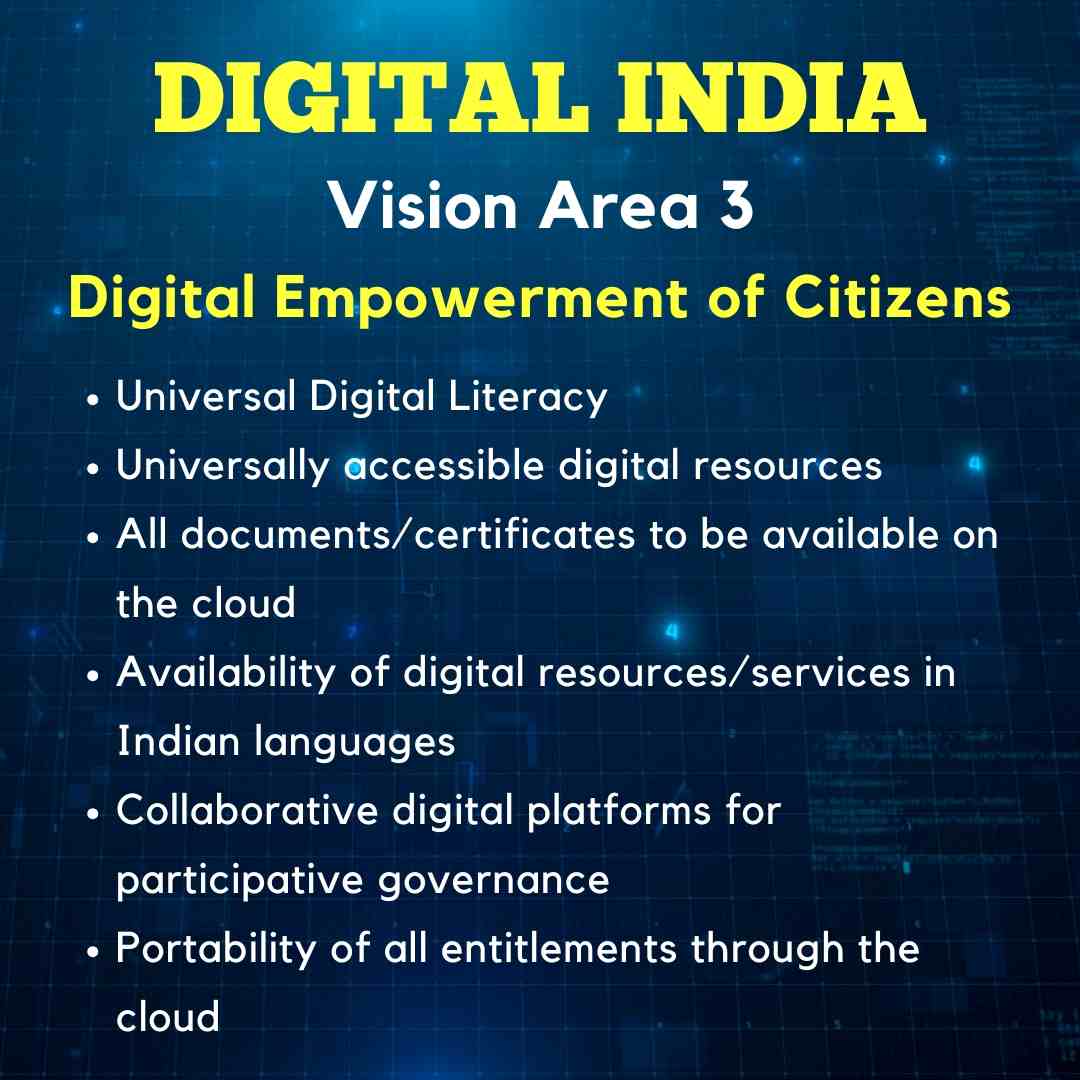
What are the 9 Pillars for Digital India?
The 9 pillars of Digital India are as follows:
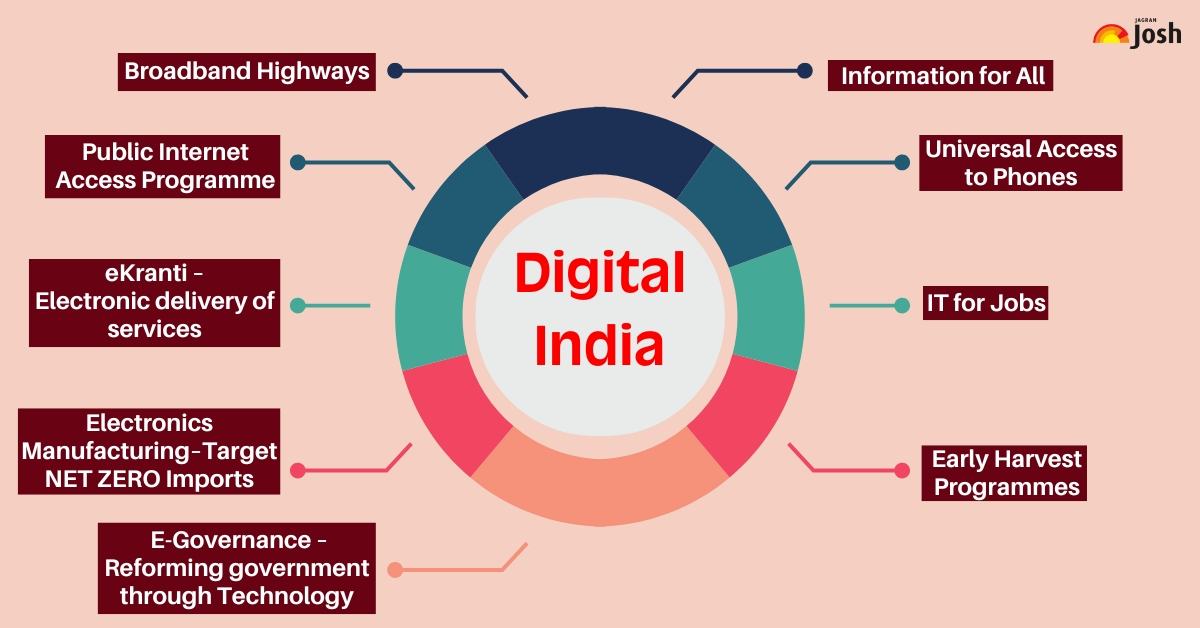
For You| India Republic Day 2025: Is It the 76th or 77th Republic Day this Year?
What are the Estimated Costs and Impacts of Digital India?
The Digital India Initiative has seen significant developments and updates as of January 2025, reflecting its ongoing commitment to transforming India into a digitally empowered society. Below are the key updates and impacts observed since the initiative's inception in 2015:
Overall Costs
- Ongoing Schemes: Approximately ₹100,000 Crore is allocated for ongoing schemes under the Ministry of Electronics and Information Technology (DeitY) and the Department of Telecommunications (DOT), excluding other ministries.
- New Initiatives: An additional ₹13,000 Crore has been earmarked for new schemes and activities to further enhance digital infrastructure and services.
Impact by 2025
- Broadband Connectivity: Plans have been made to provide broadband access to 2.5 lakh villages, ensuring universal phone connectivity across the nation.
- Public Internet Access Points: The initiative aims to establish 400,000 Public Internet Access Points, enhancing digital access in underserved areas.
- Wi-Fi Infrastructure: Wi-Fi services are set to be available in 2.5 lakh schools and all universities, alongside public Wi-Fi hotspots for citizens.
- Digital Literacy and Employment: The initiative targets training 1.7 crore individuals for jobs in IT, Telecom, and Electronics sectors, to create 1.7 crore direct jobs and at least 8.5 crore indirect jobs.
- E-Governance: Enhanced e-governance services are being implemented across various government sectors, improving service delivery and citizen engagement.
- Leadership in IT Services: India aims to become a leader in using IT for services such as health, education, and banking.
- Empowered Citizens: The initiative promotes digitally empowered citizens through improved access to public cloud services and reliable internet connectivity.
Future Goals
The Digital India initiative is projected to boost India's GDP by up to $1 trillion by 2025, significantly impacting sectors like healthcare and education through enhanced online infrastructure.
Discover| What is the Significance of Republic Day in India?
What Are the Key Technological Advancements Driving India's Digital India Initiative?
India's Digital India initiative, launched in 2015, aims to transform the country into a digitally empowered society and knowledge economy.
Key Technological Advancements
Several key technological advancements are driving this initiative, fostering economic growth, social inclusivity, and enhancing governance.
1) Cloud-native Technologies
Cloud-native technologies are fundamental to India's digital transformation. They enable rapid application development and deployment, enhancing agility and cost efficiency for businesses.
By 2025, it is estimated that cloud-native technologies will make up 70% of India's cloud market, allowing organisations to innovate more effectively and respond quickly to market demands.
2) 5G and Edge Computing
The rollout of 5G technology is crucial for supporting high-performance applications such as augmented reality (AR) and autonomous vehicles.
It is projected that by 2025, 5G networks will cover 40% of India's population and handle a significant share of mobile data traffic. Edge computing complements this by processing data closer to the source, reducing latency and improving service delivery.
3) E-Governance Initiatives
Digital India emphasises e-governance to streamline government services and improve transparency.
Initiatives like Aadhaar (a biometric identification system) and DigiLocker (a digital storage service) are revolutionising how services are delivered to citizens, making them more accessible and efficient.
The focus on digitising government records also promotes open data initiatives that fuel innovation.
4) High-Speed Internet Connectivity
The BharatNet project aims to provide high-speed broadband connectivity to rural areas, ensuring universal access to digital services.
This initiative is critical for bridging the digital divide and empowering citizens in underserved regions. As of now, over 700 million people in India are connected to the internet, with ongoing efforts to increase this number significantly.
5) Digital Literacy Programs
To ensure that citizens can effectively use digital tools, the Digital India initiative includes programs aimed at enhancing digital literacy across the country.
The goal is for at least one person in every household to be digitally literate, enabling broader participation in the digital economy.
6) Artificial Intelligence (AI) and Machine Learning (ML)
AI and ML are increasingly being integrated into various sectors, including healthcare, education, and governance. These technologies enhance decision-making processes and improve service delivery by analysing vast amounts of data quickly and efficiently.
7) Artificial Intelligence (AI)
AI is poised to be a transformative force within India's economy, with projections estimating its contribution to reach $500 billion by 2025. The AI for India 2030 initiative aims to integrate AI across various sectors, including agriculture, healthcare, and urban planning.
This initiative emphasises ethical and inclusive AI adoption, focusing on leveraging AI to address socio-economic challenges and improve governance. By enhancing decision-making processes and service delivery, AI is set to revolutionise citizen-centric governance in India.
8) Blockchain Technology
The National Blockchain Framework (NBF) was launched to enhance digital governance through blockchain technology. This framework aims to create a secure and transparent ecosystem for public services, utilising permissioned blockchains to ensure that only authorised participants can access and validate transactions.
The NBF is designed to improve accountability in government services, such as land registration and issuing digital certificates. By fostering trust in digital transactions, blockchain technology is expected to play a crucial role in transforming public service delivery in India.
9) Internet of Things (IoT)
The IoT sector in India is being propelled by initiatives like the Centre of Excellence for IoT, which aims to harness the country's IT strengths to create innovative applications across various domains. This includes smart cities, smart agriculture, and smart health solutions.
The IoT ecosystem is vital for developing infrastructure that supports real-time data collection and analysis, enhancing efficiency in urban planning and resource management. With substantial government investment, IoT is expected to significantly contribute to India's digital transformation.
In Case You Missed| Republic Day 2025: परेड का समय, टिकट कैसे खरीदें, निकटतम मेट्रो और अन्य विवरण यहां देखें
Republic Day 2025: How is AI being integrated into the Republic Day celebrations?
India's Republic Day, celebrated annually on January 26, commemorates the adoption of its Constitution in 1950.
In 2025, the nation will observe its 76th Republic Day under the theme "Swarnim Bharat—Virasat aur Vikas" (Golden India—Heritage and Development), which highlights India's rich cultural heritage alongside its ongoing development journey.
Significance of the Day
Republic Day marks a pivotal moment in India's history, transitioning from a dominion to a sovereign republic.
The date was chosen to honour the declaration of Purna Swaraj (complete independence) by the Indian National Congress on January 26, 1930. The celebrations include military parades, cultural performances, and a showcase of India's diversity and strength.
Chief Guest and Celebrations
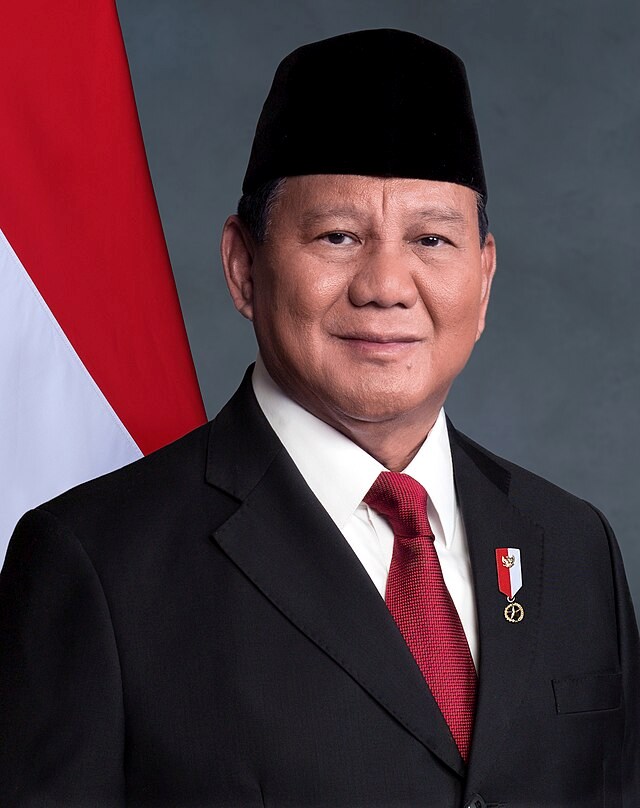
Source: Wikipedia
This year, Indonesian President Prabowo Subianto will be the chief guest, celebrating the 75th anniversary of diplomatic relations between India and Indonesia.
The main event will feature a grand parade in New Delhi along the Kartavya Path, showcasing military might and cultural displays from various states.
The Role of AI and Technology in Digital India
As India celebrates its Republic Day, significant advancements in technology, particularly Artificial Intelligence (AI), are transforming the vision of a Digital India. The government's Digital India initiative aims to empower citizens through enhanced digital services and infrastructure.
Key Areas of Transformation
- E-Governance: AI is being integrated into government services to improve transparency and efficiency. Platforms such as DigiLocker and e-Hospital have streamlined service delivery, making it easier for citizens to access essential services.
- Economic Impact: AI is projected to contribute approximately $450-500 billion to India's GDP by 2025. This economic boost is anticipated through enhanced productivity across sectors like agriculture, healthcare, and logistics.
- Digital Literacy: Initiatives like the Pradhan Mantri Gramin Digital Saksharta Abhiyan aim to equip rural populations with essential digital skills, bridging the digital divide between urban and rural areas.
- Cloud Computing: The integration of cloud technologies alongside AI is crucial for businesses seeking to innovate and remain competitive in a rapidly evolving digital landscape.
- Social Empowerment: The Ministry of Electronics & Information Technology (MeitY) plans to showcase AI's impact on social empowerment during the Republic Day parade through dedicated tableaux that highlight its applications in various sectors.
Additionally, the integration of Artificial Intelligence (AI) into the Republic Day celebrations in 2025 is prominently highlighted through the tableau presented by the Ministry of Electronics and Information Technology (MeitY).
This year's tableau aims to showcase the transformative impact of AI across various sectors, emphasising its utility for the public.
Key Features of the AI Tableau
- Educational Applications: The tableau features a teacher using a virtual reality (VR) headset to instruct students, demonstrating how AI can enhance educational experiences and engagement.
- Healthcare Innovations: AI's role in healthcare is illustrated through examples such as robotic assistance in surgeries and visual examinations of organs, showcasing advancements that can improve medical outcomes.
- Logistics and Supply Chain: The tableau also highlights AI's application in logistics, including autonomous delivery drones that navigate and transport packages efficiently, as well as systems that use colour coding to identify and separate goods.
- Agricultural Enhancements: AI's involvement in cattle management is another aspect showcased, reflecting its potential to improve agricultural practices and animal welfare.
- Technological Aspirations: In alignment with Prime Minister Narendra Modi's vision for electronic manufacturing, the tableau includes representations of semiconductor chips, underscoring India's commitment to advancing its tech industry.
Comments
All Comments (0)
Join the conversation